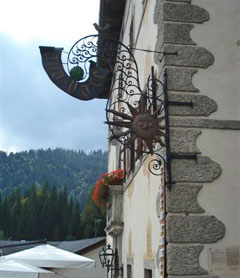Friuli-Venezia Giulia
An Italian Imbibe
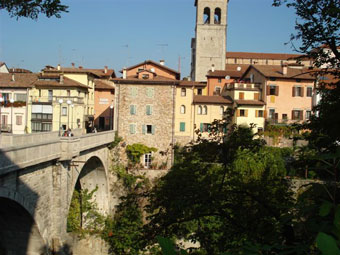

Carole Kotkin is a syndicated Miami Herald food columnist and co-author of “MMMMiami – Tempting Tropical Tastes for Home Cooks Everywhere.” She is also the manager of The Cooking School at The Ocean Reef Club, food editor for “The Wine News” magazine, and co-host of “Food and Wine Talk” on southfloridagourmet.com.

In a little known part of Italy, rich in history and with a tradition of fine cuisine and world-class wine, you will find the mountainous region of Friuli-Venezia Giulia. Tucked away in a corner of Italy, it’s the smallest, least populated and least visited of all the country’s regions. Geographically, it is north-east of Venice, south of the Austrian province of Carinthia and west of the Slovenian Alps and the point where three of the great European cultures – Latin, Germanic and Slavic – come together.
Because of its location it has been a land of passage and invasion for thousands of years. Friuli, in fact, was part of Austria until 1866, as was Venezia Giulia until after World War I. Down through the years, this unusual collision of civilizations has been the source of much conflict and change, illustrated by the wildly fluctuating fortunes of the regional capital, Trieste. Belonging to the Austro-Hungarian empire until it collapsed after the First World War, the city was annexed to Italy in 1920, annexed again by the Germans in 1943, became a free territory after the Second World War, and was returned to Italy only in 1954, occupying a somewhat perilous position a few miles from Tito’s Yugoslavia
and the Communist Bloc. Today, at last, both Trieste and Fruilli-Venezia Giulia are secure. The neighboring Austrians and Slovenians are close friends and you barely notice the frontier as you pass from one country to another. The Friulians have taken something from all those who have trespassed against them, Celts, Hungarians, Venetians, Hapsburgs, Yugoslavians, Charlemagne, Napoleon and even Attila the Hun. There are several languages here, different styles of architecture, and a mélange of cuisines.
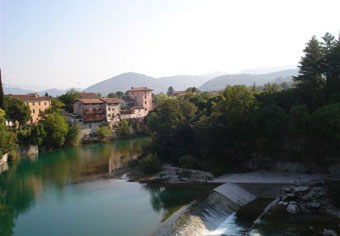
One of the charms of the region is the speed at which the landscape changes as you follow the autostrada from south to north. In a little over an hour, one can travel from the Adriatic beaches that curve around the Gulf of Trieste towards Venice, through the agricultural, vine covered plains of the center, to the high meadowlands and jagged Alpine peaks of the Italy/Austria/Slovenia border country. The region was badly damaged during both world wars and devastated in some areas by a major earthquake in 1976.
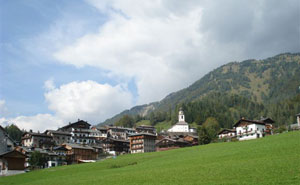
Friuli today has recovered and is prosperous, thriving and home to some of the most delicious, yet simple cooking in the country. Influenced strongly by the region’s proximity to Slovenia, Austria, Venice and the Adriatic Sea, Friuli at times seems more Slavic or Austro-Hungarian than Italian. Toward the north and the Alps, the food is simple and hearty and based on cold-weather cuisine of meat, game and cheese. Toward the south and the Adriatic coast, the cooking becomes more refined and is based on seafood.
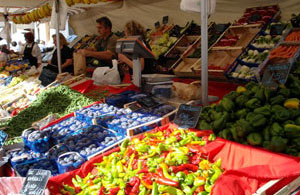
Many wine connoisseurs believe that Italy’s finest white wines are made in Friuli. Most of the wines of this region are designated by grape variety, allowing consumers to know what they were buying without having to learn the various appellations located in the region. Of these appellations, Collio and Collio Orientali are the most important for wines. Both are blessed with cool climates, hilly topography and limestone-rich soils, which drain well and are relatively easy to work. Growers have access to many high-quality white and red grape varieties, the most important white wine being the indigenous Friulano (made from the native
Tocai grape and not related to the famous Hungarian dessert wine Tokay nor to the Alsatian Tokay, which is really pinot gris) and Ribolla Gialla, along with international varieties like Pinot Grigio, Chardonnay, Sauvignon Blanc and Pinot Bianco. Despite the renown for the region’s whites, reds are every bit as exciting, and account for almost half of the total production in Friuli. The most prestigious red grape is Merlot, which is grown in Friuli’s warmer climates. Cabernet Sauvignon, Cabernet Franc, as well as the indigenous grape Schioppettino and Tazzelenghe make excellent wines. Forty percent of Friuli’s wine production have achieved DOC status.
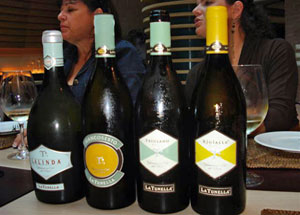
Prosciutto is made all over Italy, but Fruilians will tell you that the best comes from the town of San Daniele (prosciutto di San Daniele). The warm, salty sea air combined with the cold Alpine air are the perfect conditions in which to cure ham that results in a silky texture and a sweet taste.
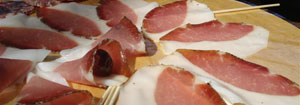
The region is famous for its nutty and rich Montasio cheese. It is sold all over this region at various stages of development, from young and soft, to aged more than 10 months, with the dry and crumbly texture of Parmigiano. Frico (pronounced free-ko) is another ubiquitous starter in Friuli made from both ages of Montasio cheese. It’s a very crisp cheese wafer made by cooking a paper-thin layer of grated aged Montasio, on a hot griddle or in the oven. Pliable at first, the wafers become crisp and firm as they cool. Served as the farmers eat it, with potatoes, onions, a bit of smoky bacon, it is called frico del fattore, and it rates as one of the great regional delicacies of a nation that is filled with them.
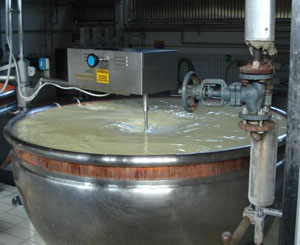
Polenta is found on tables throughout the region. Sometimes it is cooked thick and topped with a hearty meat stew, and other times it is served soft and topped with a fresh cheese similar to ricotta. Pastas include half-moon-shaped ravioli filled with pumpkin, smoked ricotta, and herbs. Gnocchi are another mainstay of Friuli. Usually made with potatoes in the rest of Italy, gnocchi in Friuli are often made from bread crumbs; or from pureed winter squash, sauced with smoked ricotta and melted butter. Succulent pork and game roasts and stews are typical. Along the
coast, fish are served simply grilled or cooked with browned garlic and vinegar in a stew called brodetto. Desserts include buttery strudels, cakes, tarts and cookies that take their inspiration from Austria.
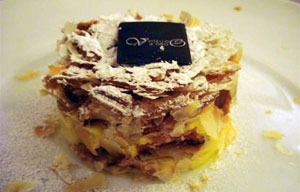
With its tradition of first-rate (if unpretentious) food, it is hardly surprising that Friuli-Venezia Giulia is full of good restaurants of every type. The best eating in the region, may be found in the superb trattorias and casual restaurants with which virtually every town is populated. Some of the finest restaurants in Friuli are in the cities, but as many or more are elsewhere, often in places where you least expect to find that ideal mix of unbelievably good simple food, enchanting surroundings, and good wine. Making this kind of magic happens to be one of Friuli’s special talents.
